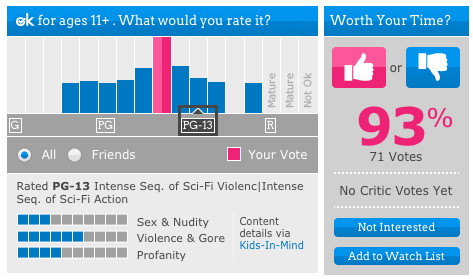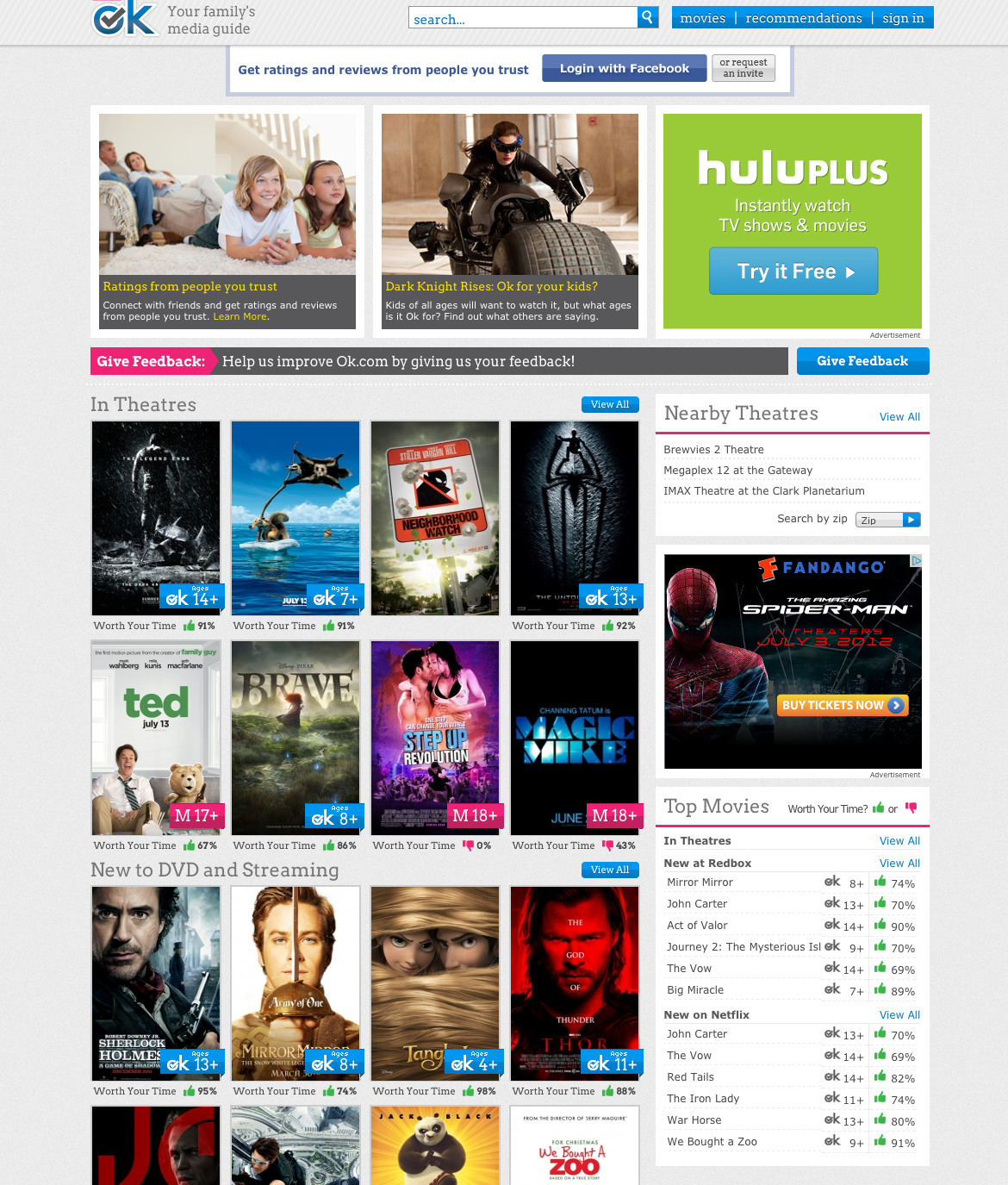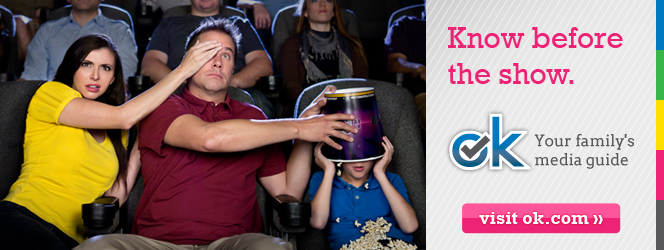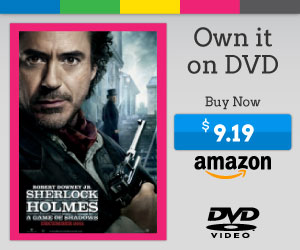In 2011, I was working at DDM as a Product Manager and was asked to rethink how movie reviews could be improved for the Deseret News. With restructuring at the newspaper, there had been changes as the industry sought, and still does, a more viable business model.
One of the most expensive costs for a newspaper is paying for writers, editors, journalists and in this case movie critics. Back in 2012, as Facebook was being greatly admired in the digital space, the concept of user-generated content became a potential answer for solving the cost of fresh and relevant content.
This approach was naturally appealing to the company, as we could create interactive applications that would be more helpful for our audiences which would in-turn increase usage, engagement and product viability.
With the ability to foster two-way communication and help connect communities, empowerment became the key goal.
Thinking about pain
A Product Manager is always thinking about customer pain and how it can be reduced with a viable solution.
We found two main pain points:
- Wasting your time and money watching a show you don't like
- Watching specific content that makes you feel uncomfortable, especially when watching with your kids
You can distill these two pain points into the following customer statement.
I took my kids to the theatre to watch the new (x) movie, it was $10 a ticket, with another $20 for popcorn and drinks. The show was terrible and I didn't realize how inappropriate some of the scenes were going to be.
—Costco Carl
A family of 5 visiting the theatre can cost upwards of $50-$70. A pretty hefty waste of money if you don't know what you're in for. Also, the time can be just as costly for some.
A family perspective
Critics are experienced, artistically attuned and very knowledgable about movies. However, we found that they often didn't focus enough on families. Here was an opportunity to provide an application that would allow parents to connect with other parents and like-minded people to help them navigate their movie choices.
Ok.com 30 second spot ad
Designing a flexible rating system
Initially, the objective was to consider movies only, but we soon thought about how a rating system could be applied across various media formats. The three biggest formats we thought of were movies, video games and books.
We went to work to figure out a rating system that was intuitive and could overlay on top of currently existing rating systems. So someone could, from a glance, understand a lot about the movie.

Ok.com rating widget
The beginning of Ok.com
After the idea was presented, and the initial concept was live on DeseretNews.com, a generous donor who liked the idea decided to gift the domain Ok.com. It was a significant and surprising contribution that was a great boost for everyone involved.
After a few rounds of design, we implemented the new branding.

Ok.com home page

Ok.com banner ad
Features
A list of the main features we developed for the platform.
- Nationwide movie times
- Redbox API for availability
- Netflix API for availability
- Movie recommendation feeds
- Facebook Connect with friend list integration
- Integrate reviews from other critic sources
- Ability to follow anyone, similar to Twitter functionality
- Ability to filter reviews and ratings from your friends
- Notifications for when a movie comes out at Redbox or Netflix etc
- Discussion pages both public and within your friends network
Applying several revenue streams
In order to ensure viability of the platform we worked on the following revenue streams.
- B2B Licensing: We successfully white-labelled the platform to several media outlets across the country
- Display ads
- Pre-Roll
- Sponsorships
- Affiliate revenue

Example affiliate ad
Learnings
Ultimately "Ok.com - Your Family's Media Guide" ended up being sunsetted. Although this occurred after my departure from DDM, I believe our business model was too influenced from our news media roots. Depending on pageviews and white-labelling for others who are dependent on pageviews wasn't the best recipe for success.
My recommendation was that we focus on the Ok brand and stop focus on the white-labelling (which incurred additional licensing fees with our 3rd party agreements), increase gamification with quizes and focus on positive user interactive experiences such as sharable social challenges ("What super hero are you?"). Video was also an area we should have focused more on, with pre-roll having the ability to provide a another source of revenue.
Starting a brand from scratch with a business model that is dependent on high volumes of traffic with no substantial funding to drive traffic is a fundamental problem. In the beginning of the web, the saying "if you build it, they will come" was true. In today's over-populated digital world, that is certainly no longer the case. It was from this project that I learned the importance of leveraging audiences and platforms that have already been established.
If you have a current audience, brand or customer list, use them. Use them all in a way that can expand your ecosystem of brands. You'll reap faster adoption and benefit from economies of scale.
Conclusion
All this said, we accomplished a lot with what tiny resources we had. Ok.com brought some amazing people who contributed a lot of reviews and ratings. It was a tremendous amount of fun, as always, to build something and see people using it. Watching the user-generated content come in was a blast and the conversations that occurred around movies and games was always a joy.
Not bad for such a small team on a tiny budget.

